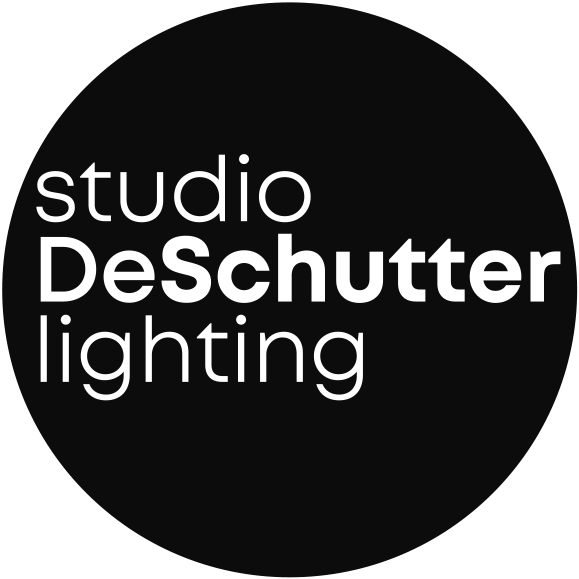Current Trends in New Work Lighting Design – Interview with Licht Magazine
New Work is reshaping not only how we work but also the spaces we work in. Lighting has become a defining element: it structures, creates atmosphere, and directly influences wellbeing. In an interview with Licht Magazine, Sabine De Schutter, founder of Studio De Schutter, lighting designer based in Berlin and Antwerp, discusses new demands, sustainable concepts, and the future of workplace lighting.
Full article available on lichtnet.de.
Personalization instead of Standards 💡
“Many companies want to bring their employees back from the home office – and that only works if the office offers more than the desk lamp at home,” says Sabine De Schutter. Lighting design today must be more flexible and human-focused than ever before. Instead of rigid values, adaptive lighting scenarios are emerging – from bright, concentrated work zones to softer, creative atmospheres. The focus lies on people: how they see, feel, and interact with their environment.
Beyond Human Centric Lighting 🌗
Human Centric Lighting remains an important foundation, but it’s no longer enough. “Not everyone wants to be constantly activated – creative work requires different moods.” Studio De Schutter develops layered lighting concepts that support both focus and inspiration, activity and calm. Light becomes a subtle language that enhances perception and defines emotional balance in modern workplaces.
Sustainability as a Design Driver ♻️
Circularity and reusability are taking center stage. Companies are looking for concepts that reuse existing fixtures, rely on recycled materials, and incorporate smart control systems. Beyond ecological concerns, carbon pricing and supply chain stability play a growing role. “Sustainability,” says De Schutter, “has long become a key design driver.”
For Studio De Schutter, sustainable lighting means long-term thinking – creating solutions that last, adapt, and respect both the environment and human experience.
Flexibility for Agile Spaces ✨
“Architecture and furniture are usually static – lighting, by definition, is dynamic,” De Schutter explains. With dimmable and color-controllable systems, spaces can transform within seconds – from workshop to evening event, from team zone to lounge. This fluid adaptability is becoming essential for agile work environments, where light not only illuminates but defines the rhythm of collaboration.
Cultural Differences and Future Priorities 🌍
Across Europe, lighting philosophies vary:
- Germany values precision and technical perfection.
- Belgium embraces imperfection and texture.
- France is already more advanced in circular practices.
Looking ahead, De Schutter identifies three priorities shaping the future: circularity, light quality, and efficiency – in that exact order.
👉 Read more in Licht Magazine.
👉 For more insights, subscribe to our newsletter and stay up to date with current projects and topics around lighting design in Berlin and Antwerp.




